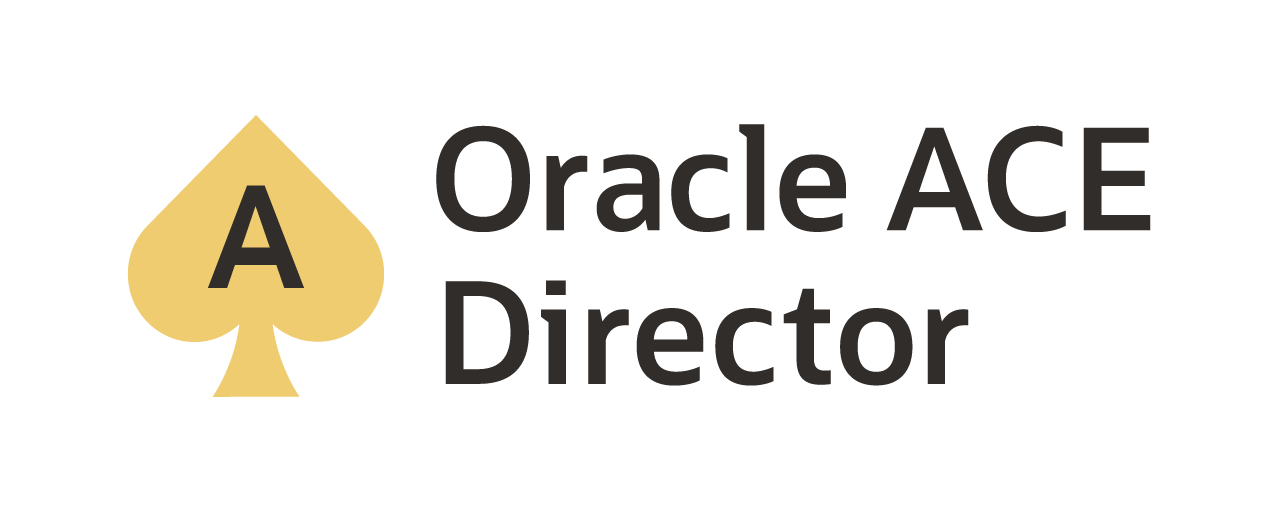#GoldenGate Microservices (2 of 5) … Administration Service
This is post 2 of a 5 part post related to Oracle GoldenGate 12.3 Microservices. This series of posts will provide some details over the new graphical user interface (GUI) that has been built into Oracle GoldenGate 12.3.
The second interface of the Microservices Architecture that you need to understand is the Administration Service. This service is the interface where you will setup the capture (extract) process and the apply (replicat) process. On the left hand side of the page, in the context menu, you will see a few options … overview, configuration, diagnosis and administrator. These are the primary areas that you interact with the administrator server.
On the overview page, as previously mentioned you can setup your capture (extract) and apply (replicat) processes. You also get a view of the critical events that is are happening within the environment (Figure 1).
Figure 1:

On the configuration page, you will be able to configure credentials that are needed for your replication environment. The addtions of the credential page allows you to create your standard logins for the goldengate user within the database, plus what I’m calling “protocol” users that can be used within the replication environment. Next is the maintenance tab; this tab you can setup tasks like auto start, auto restart, purging trail files, and purge tasks. Additionally, you can add a master key that is used with encryption. Lastly the parameter files tab, will list all the parameter files that is configured in the environment. From here you can edit all the parameters files (Figure 2).
Figure 2:

Next is the diagnosis page. This page is where you can see what is happening in the log file for the Administraton Service. Items on this page will be color coded, green, yellow and red. This give you an indication of what is happening on what you should be looking at (Figure 3).
Figure 3:

Lastly, you have the Administrator page. This page is where you can create users that can access the Oracle GoldenGate environment. When you create a user for access purposes, you get four roles to choose from … Security, Administrator, Operator, and User. Each one of these roles provide a varying level of access (Figure 4).
Note: Do not delete the security user that is created during the intital install of the software.
Figure 4:

Enjoy!!!
Bobby Curtis

I’m Bobby Curtis and I’m just your normal average guy who has been working in the technology field for awhile (started when I was 18 with the US Army). The goal of this blog has changed a bit over the years. Initially, it was a general blog where I wrote thoughts down. Then it changed to focus on the Oracle Database, Oracle Enterprise Manager, and eventually Oracle GoldenGate.
If you want to follow me on a more timely manner, I can be followed on twitter at @dbasolved or on LinkedIn under “Bobby Curtis MBA”.

Your point of view caught my eye and was very interesting. Thanks. I have a question for you. https://www.binance.info/it/join?ref=S5H7X3LP
I don’t think the title of your article matches the content lol. Just kidding, mainly because I had some doubts after reading the article. https://www.binance.info/es/register?ref=T7KCZASX